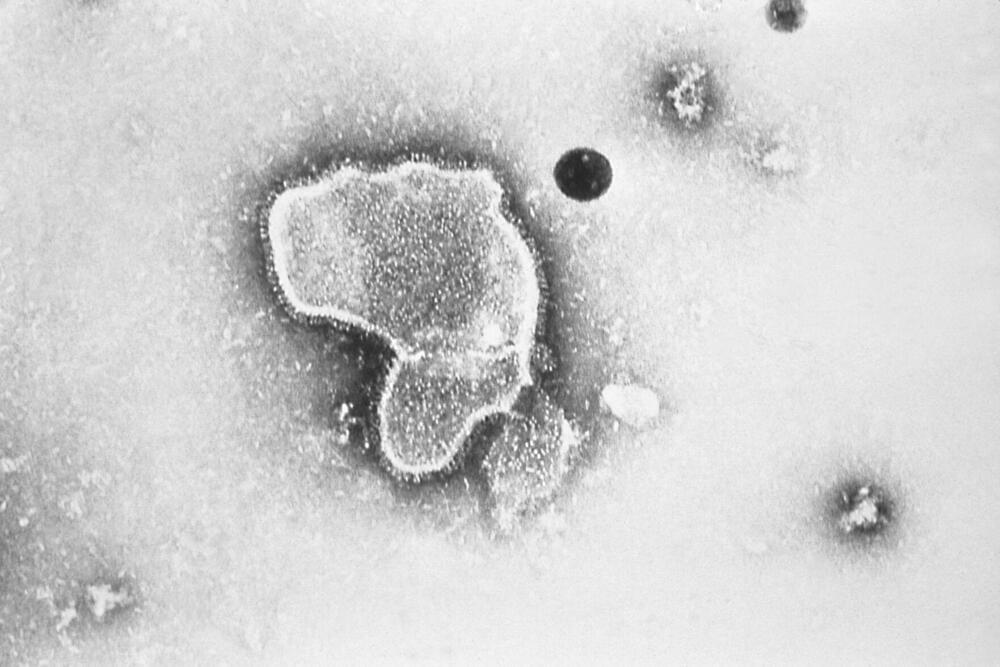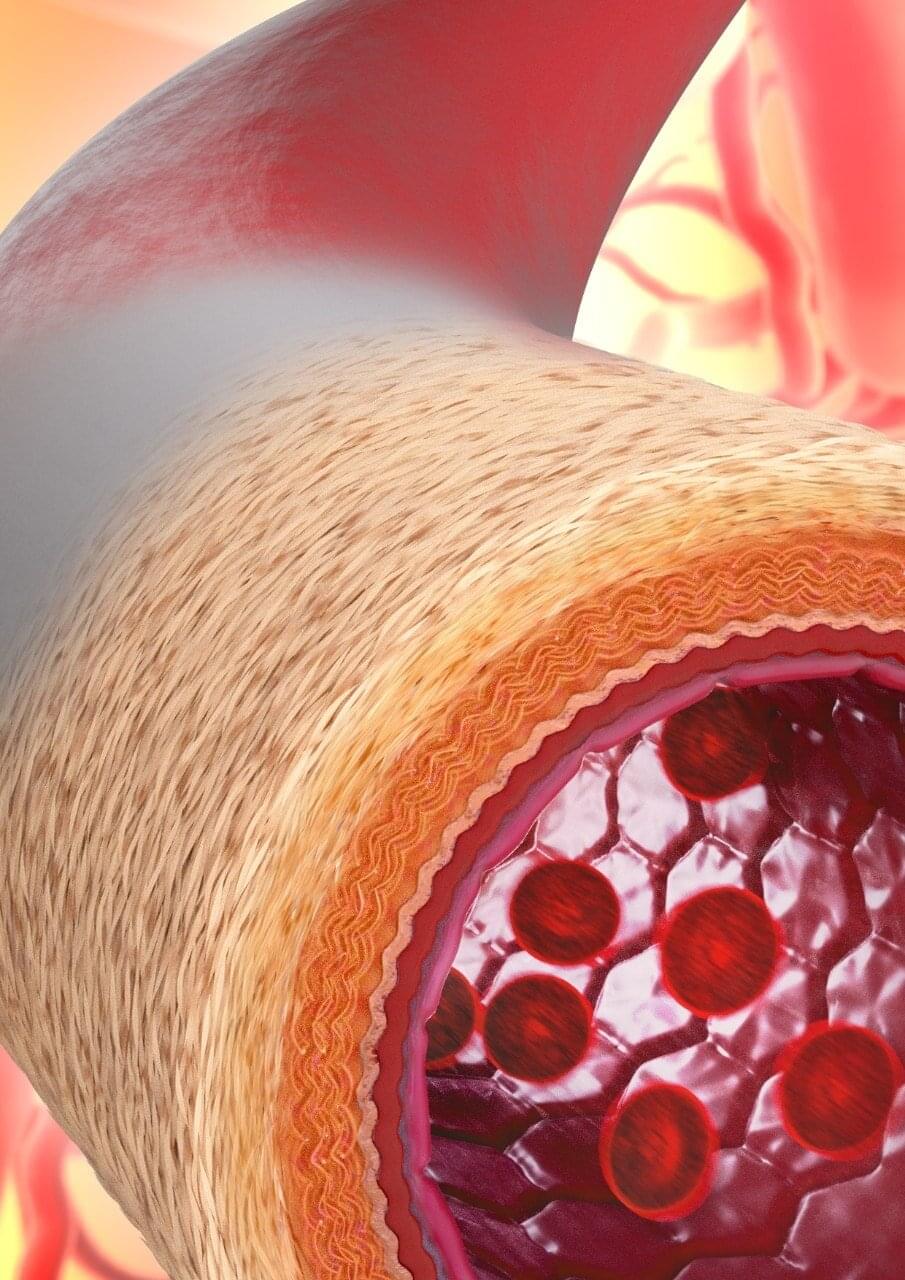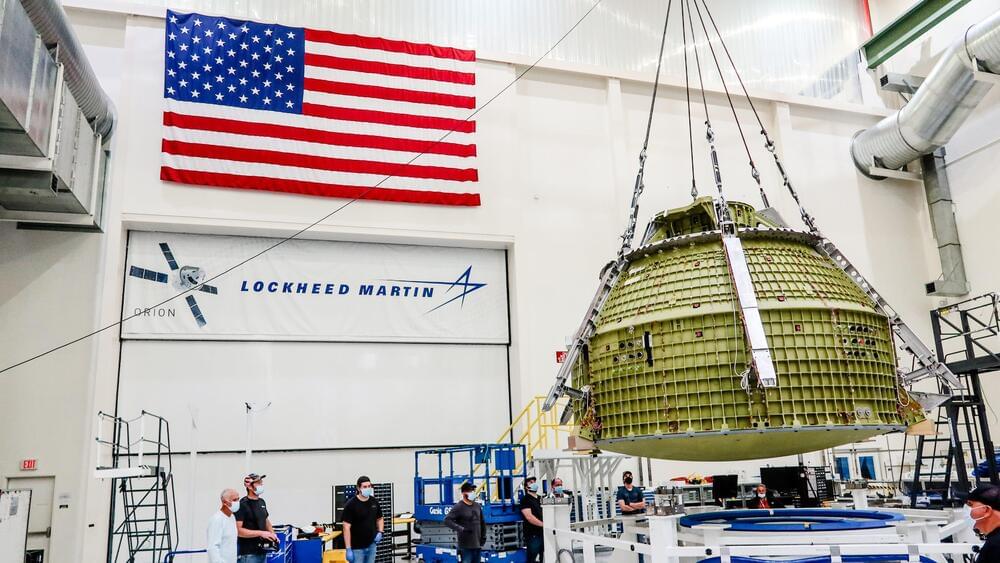An interdisciplinary team of researchers from Korea, Australia, Great Britain, and Germany—with participation of Leibniz Institute of Photonic Technology (Leibniz IPHT)—were able for the first time to optimize an optical glass fiber in such a way that light of different wavelengths can be focused extremely precisely. The level of accuracy is achieved by 3D nanoprinting of an optical lens applied to the end of the fiber.
This opens up new possibilities for applications in microscopy and endoscopy as well as in laser therapy and sensor technology. The researchers published their results in the journal Nature Communications.
Lenses at the end faces of optical fibers currently used in endoscopy for medical diagnostics have the disadvantage of chromatic aberration. This imaging error of optics, caused by the fact that light of different wavelengths, i.e., different spectral colors, is shaped and refracted differently, leads to a shift in the focal point and thus to blurring in imaging over a wide range of wavelengths. Achromatic lenses, which can minimize these optical aberrations, provide a remedy.








